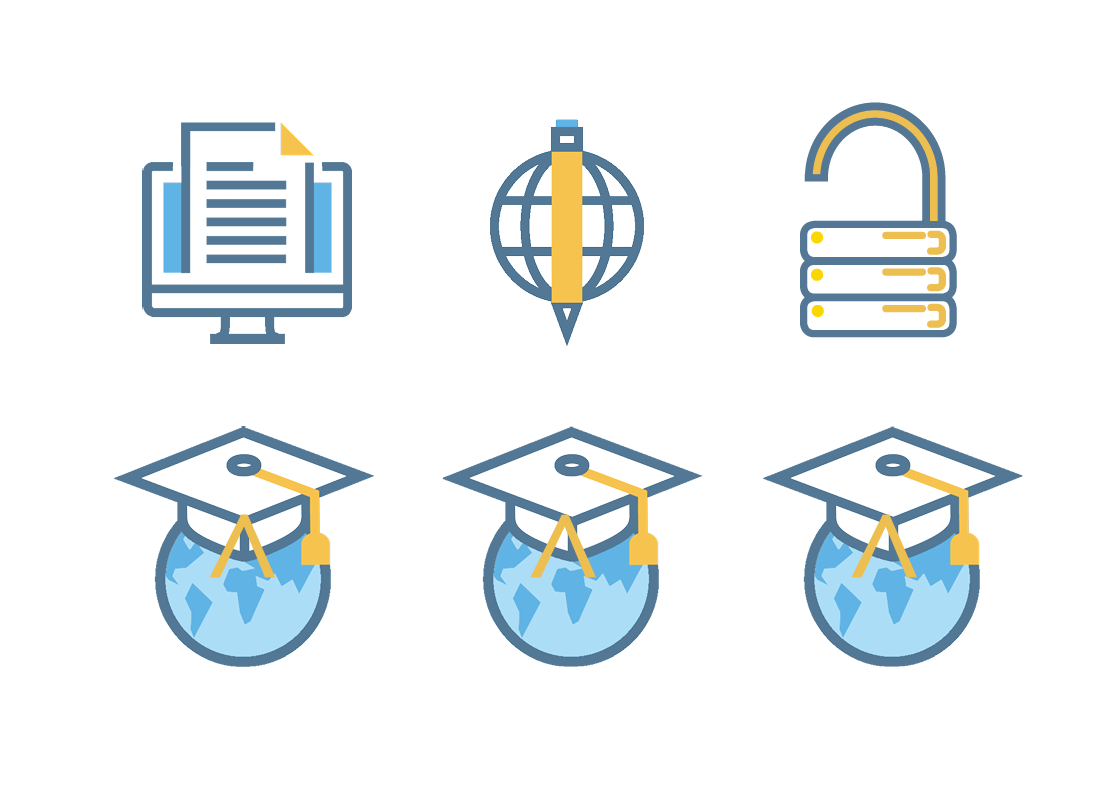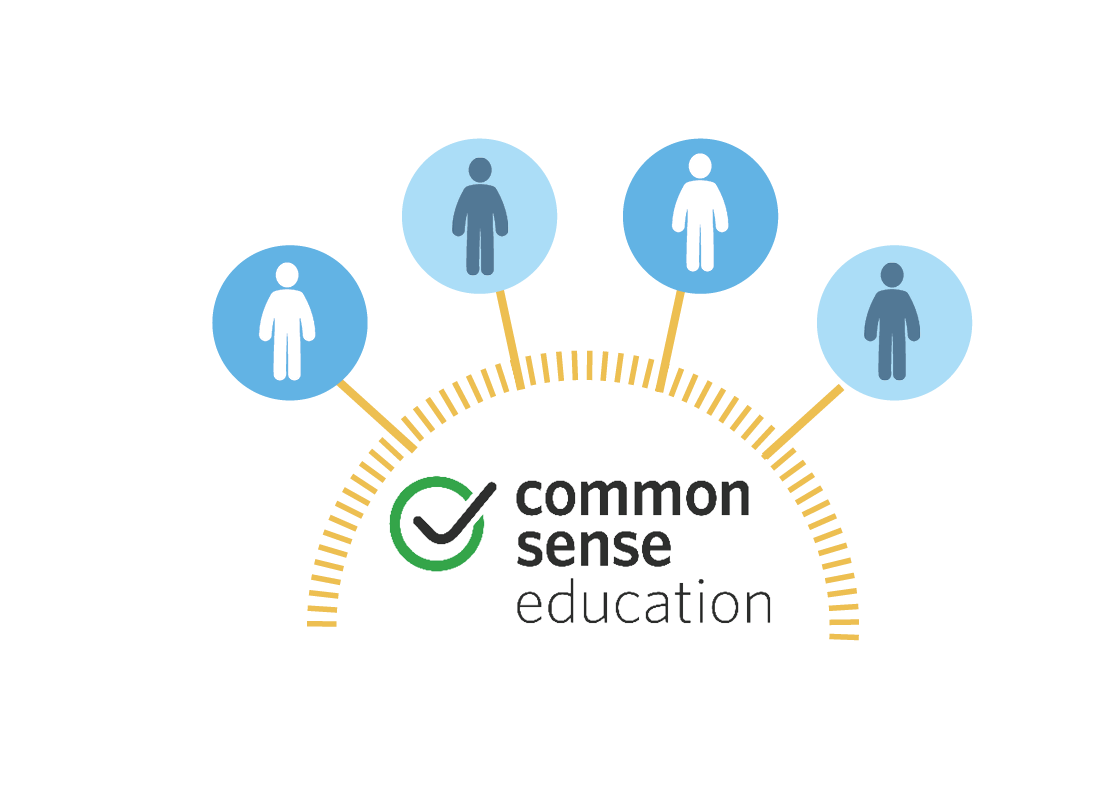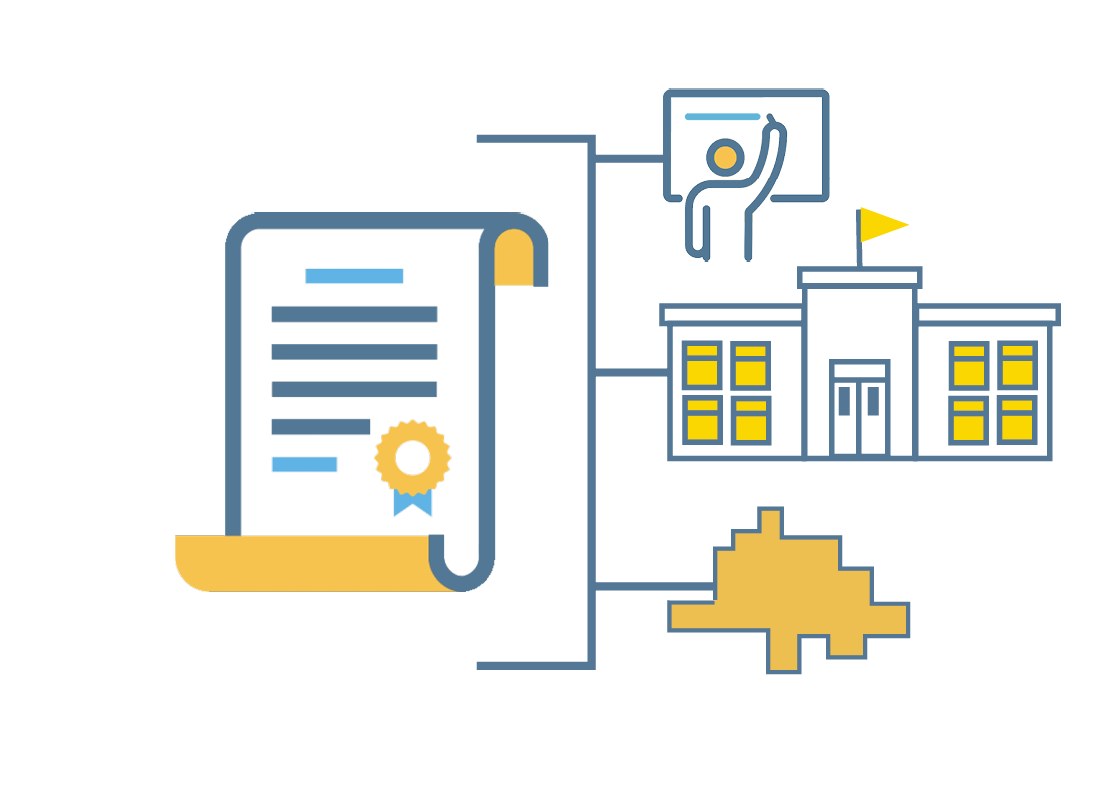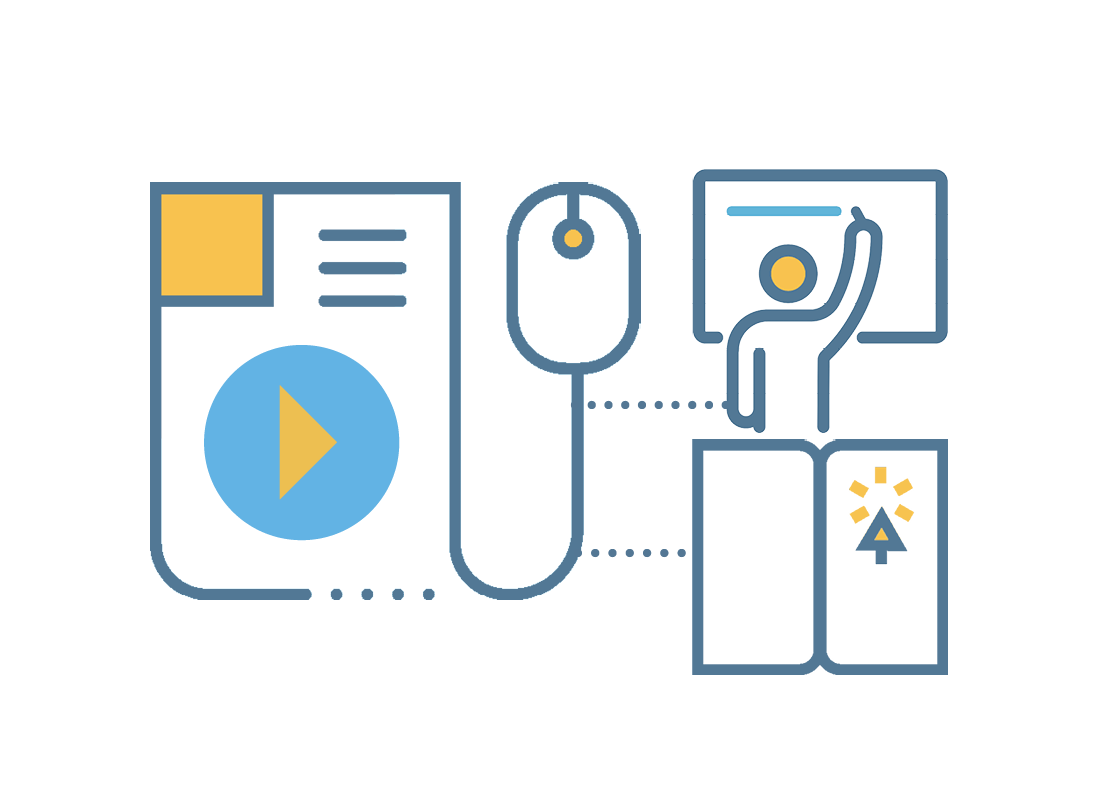
Building news savvy: Best practices
▸Education
Becoming Digital Citizens
WHAT IS IT?
Common Sense’s award-winning Digital Citizenship Curriculum offers grade-specific lesson plans and teaching materials to help kids learn how to excel in the digital age. The curriculum features three teaching units for grades K-2, 3-5, and 6-8 and four units for grades 9-12. Each unit consists of five lessons that address topics such as news and media literacy, internet privacy and cyberbullying. In 2016, the Digital Citizenship Curriculum served more than 18 million students.


WHO’S BEHIND IT?
Founded by California philanthropist Jim Steyer in 2002, Common Sense is a U.S. nonprofit that engages in research, education, and advocacy focused on kids’ media consumption and literacy. Its Common Sense Education program manages a range of initiatives, including the Digital Citizenship Curriculum, which is based on research by Dr. Howard Gardner and Harvard University’s The GoodPlay Project.
DOES IT WORK?
Common Sense Education has recognized more than 12,500 teachers, 2,100 schools, and 94 school districts. The program has received honors from the Digital Innovation in Learning Awards and Tech & Learning, among others. Common Sense’s annual report says the curriculum was taught in more than half of U.S. schools during the 2016-17 school year. (New state laws, such as Washington’s, bundle school requirements for media literacy, internet safety and digital citizenship.)


HOW TO DO IT
Common Sense’s Digital Citizenship Curriculum features detailed unit descriptions, games and interactives, learning assessments, companion videos, and other teaching materials — all of which are free to access and use. (Its online courses for educators require a fee.) Common Sense also hosts a Facebook Group where educators can share resources, experiences and advice. The group has more than 5,600 members and receives about six new comments and posts per day.

